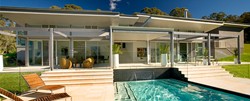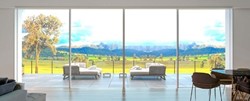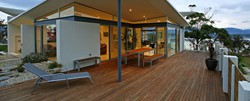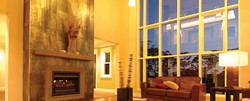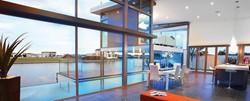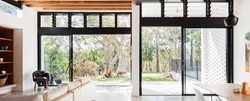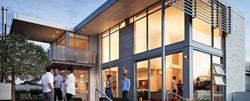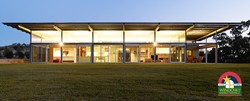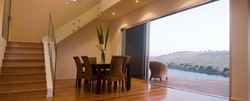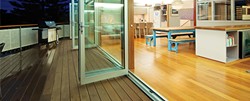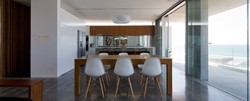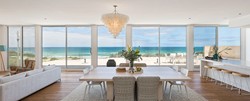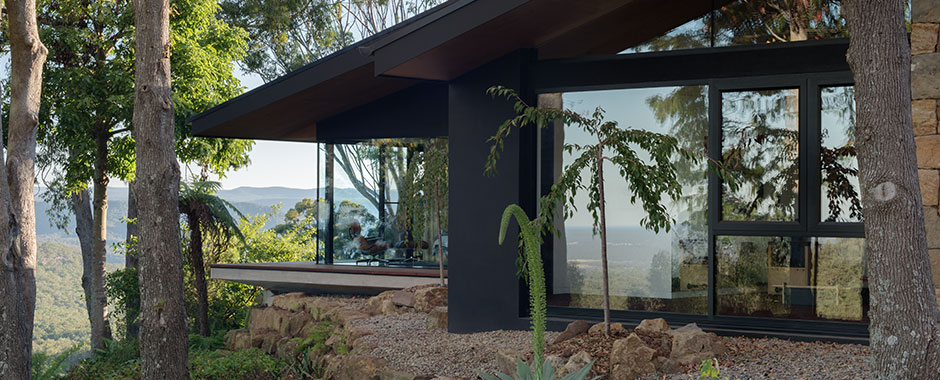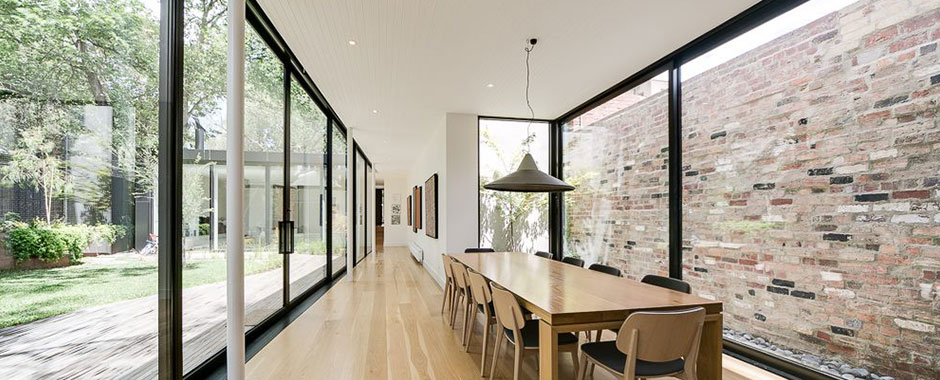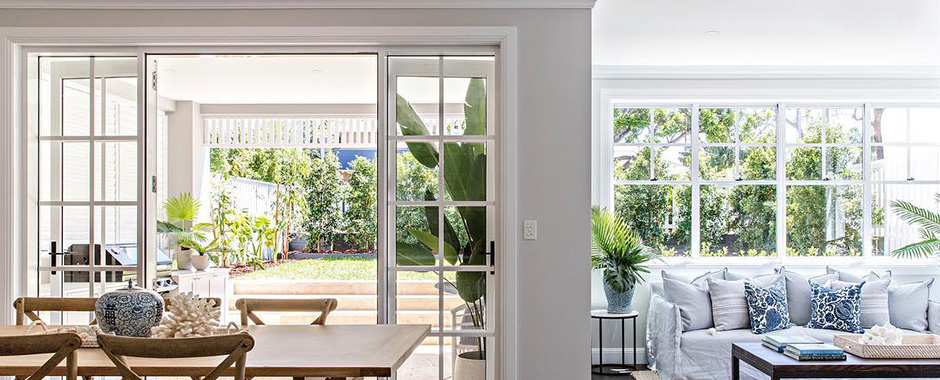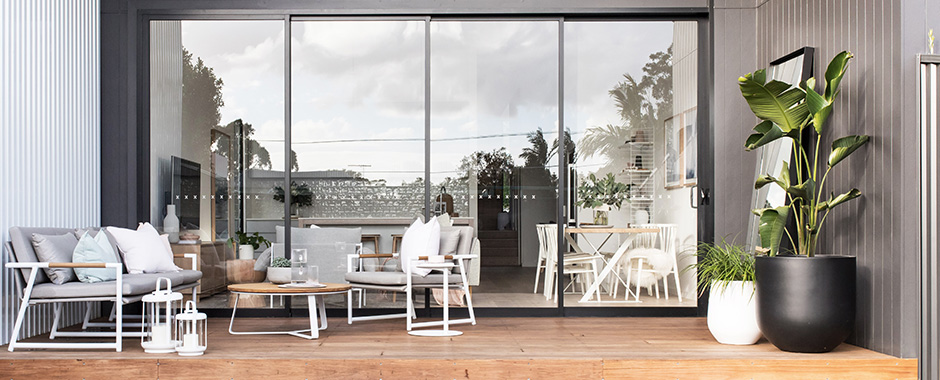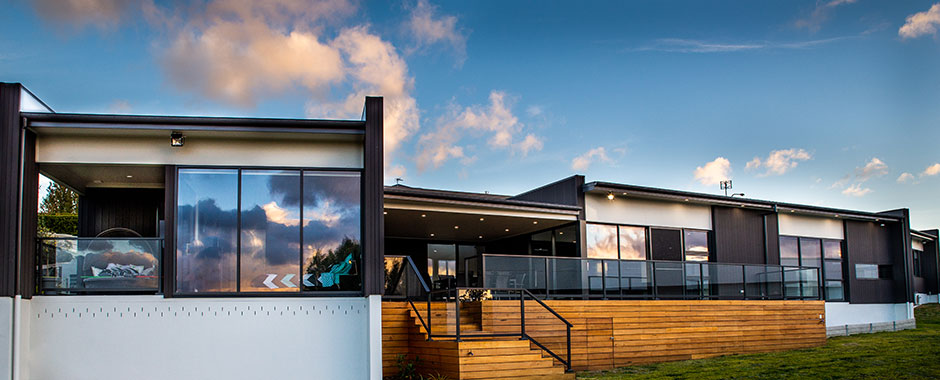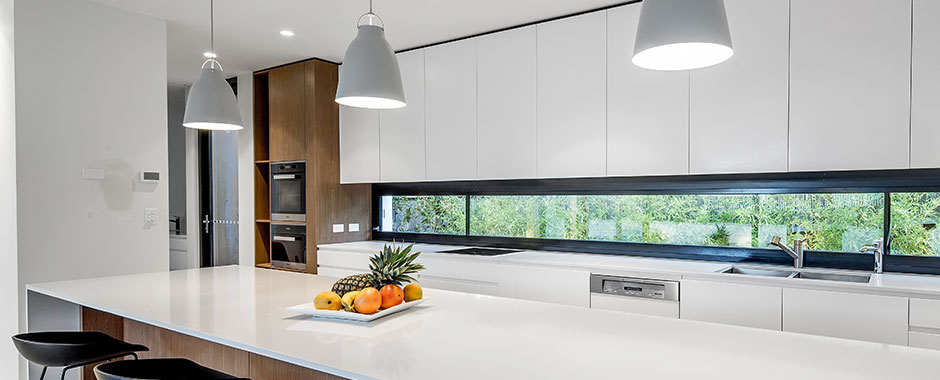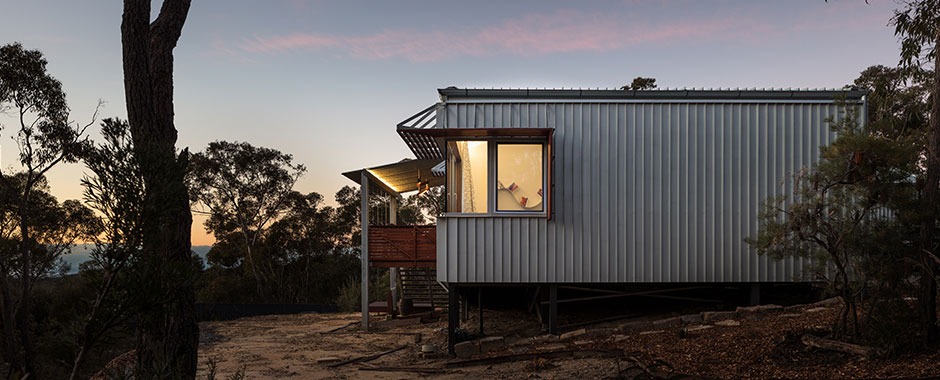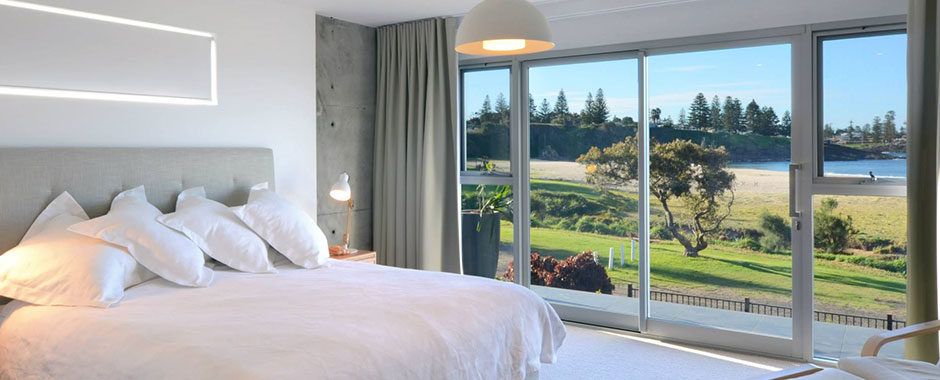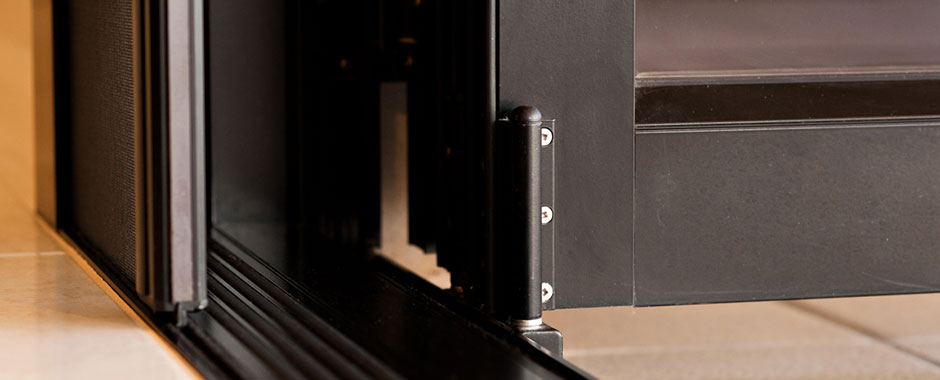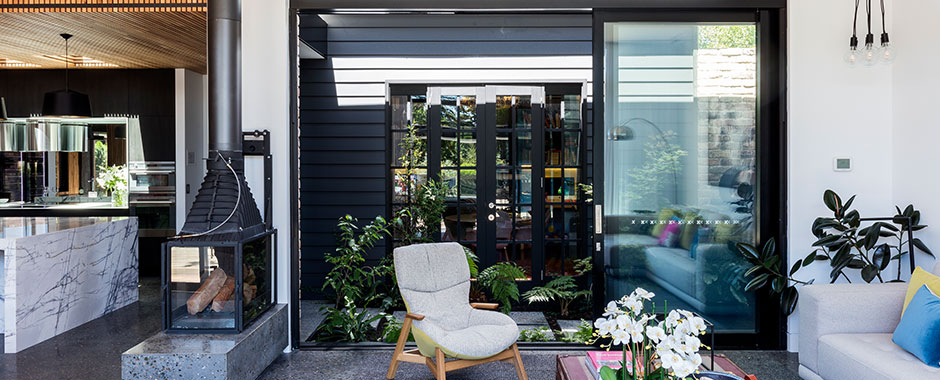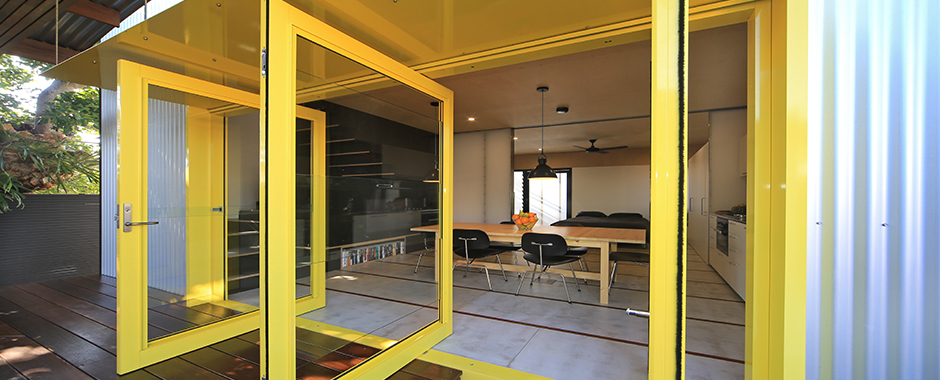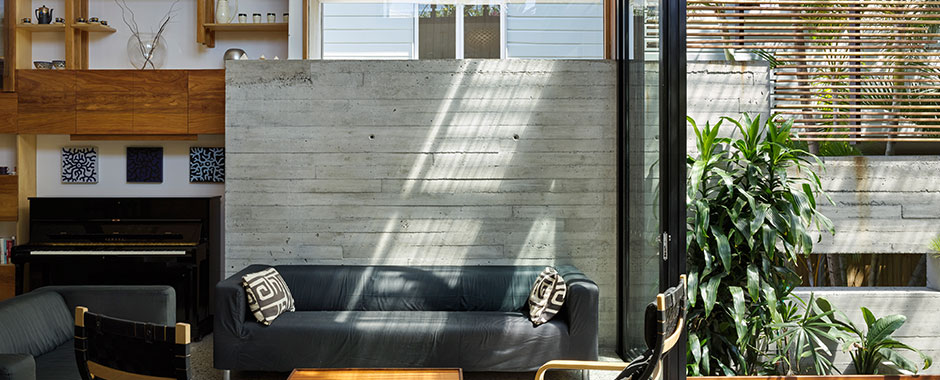If you’ve suffered heart palpitations after opening an electricity bill recently, you wouldn’t be alone. Energy prices have skyrocketed over the past decade with no sign of them plateauing in the near future.
If you’re building your own home, energy efficiency is probably on the forefront of your mind. That’s why it’s worth considering incorporating elements of passive design into your build.
What is passive design?
Passive design falls under the umbrella of sustainable building, and if implemented correctly, will make your home more comfortable and a play a part in reducing your energy bills.
Passive design takes advantage of the natural climate and site conditions to maintain the internal temperature of the home, providing heating, cooling, ventilation and natural light without mechanical assistance. But how can passive design be achieved?
1. Orientation
The direction your home faces influences its efficiency. During the design process, climatic features like the sun and wind direction needs to be considered. Generally, living areas would face north to allow maximum exposure of the sun and provide warmth. However, in many parts of Australia, where it’s hot and sticky, direct exposure of the sun should be avoided, so the home should point in the opposite direction.
2. Position of windows and doors
Where windows and doors are located play an important role in passive design because they can help promote cross ventilation – the process of driving air from one part of the building through to the other, which will not only provide better air quality, but also cool down your home. The success of cross ventilation relies on how easily wind can move throughout the house.
3. Choice of materials
Materials have an impact on the overall temperature of your house. Dense materials like brick and masonry have a high absorption rate and slowly distribute heat throughout the home. Standard windows on the other hand, can have excessive heat gain and loss. Besides positioning and size, glass selection and frame type can affect the amount of heat getting in.
An example of this is ThermalHEART windows and doors systems, which are up to 51% more thermally efficient than standard aluminium framing. ThermalHEART window and door systems minimise the transfer of heat through the aluminium frame – a great solution if you’re considering passive design.
Passive design reduces temperature variations in your house without the need for air conditioning. It’s a smart way to build and one that requires close examination if you want a more comfortable home.

